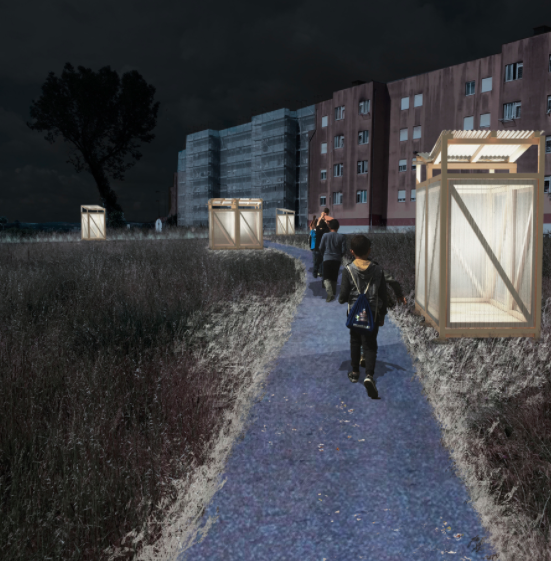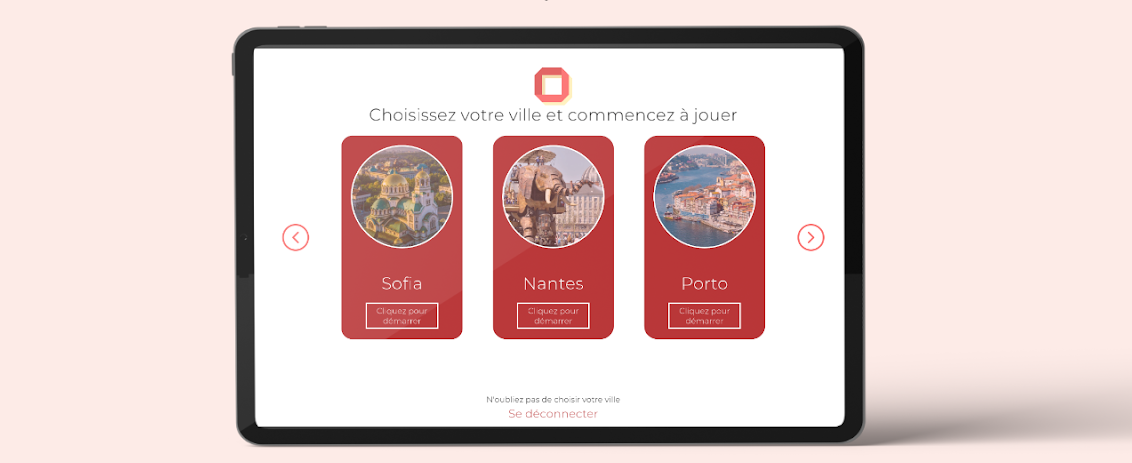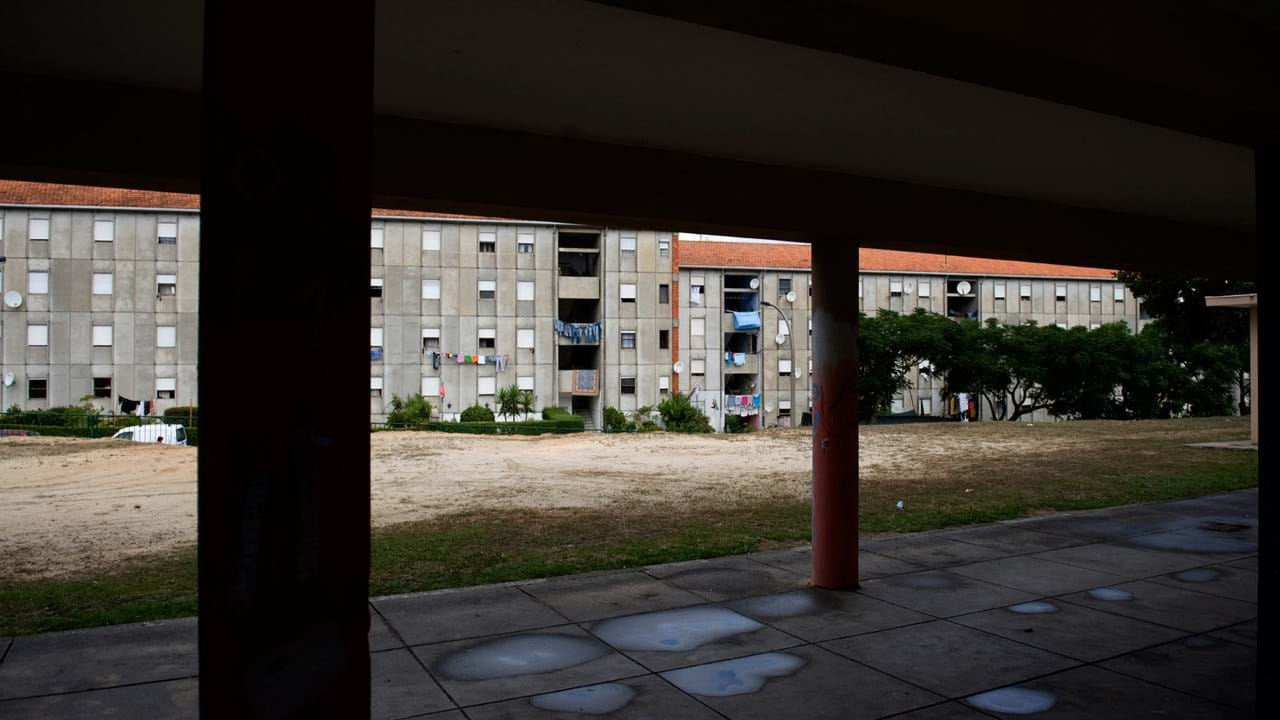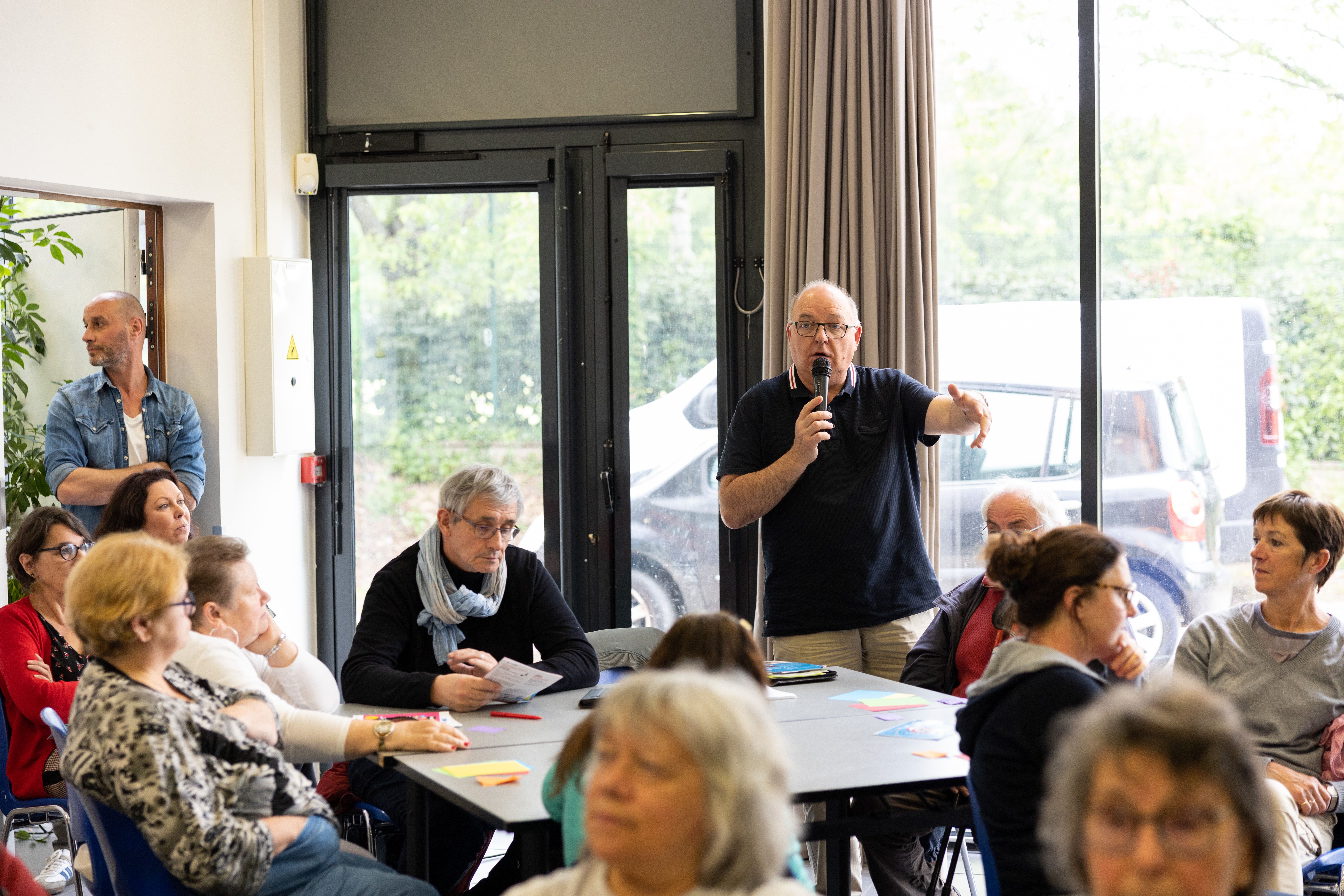[Academic Paper] URBiNAT research cited in paper on "Living Amidst the Ruins in Rome: Archaeological Sites as Hubs for Sustainable Development" (Sustainability Journal)
URBiNAT Research is cited in recent paper on Living Amidst the Ruins in Rome. The cited work related to the transformation of terrains vagues and other often abandoned areas into interesting neighbourhood spaces such as infrastructures for sport and leisure, cultural events, relaxation, sustainable mobility etc. (p. 4, Section 1.2.3)
Abstract: In Rome, the intertwining of natural and built environments is structural, and has consolidated over the centuries. In the contemporary fabric, the overabundant presence of archaeology, always in symbiosis with vegetation, plays an important role for the image of the city and has helped maintain the alternation of voids and solids. Porosity can be seen therefore as a permanent morphological urban character of the city, particularly significant nowadays for environmental considerations.
Ruins, which only a few years ago were perceived more as a brake to urban transformation, in recent years are emerging as an interesting potential in terms of biodiversity spots and social catalysts to implement more sustainable development. Out of the concept of sustainability, we can in fact recognize new and more cutting-edge ways of planning and designing heritage territory. This article describes a different approach to the enhancement of archaeological areas, through three case studies—The AppianWay Park, Rome’s CityWalls and ArchaeoGRAB—that consider heritage as a sustainable integrated system. These projects present, through a holistic and multidisciplinary perspective, possible ways in which landscape design can contribute to the preservation of natural and heritage environments, as well as the development of healthier lifestyles and strengthening of local culture for the communities that dwell therein.
The paper is available in Open Acess.
Read online HERE







